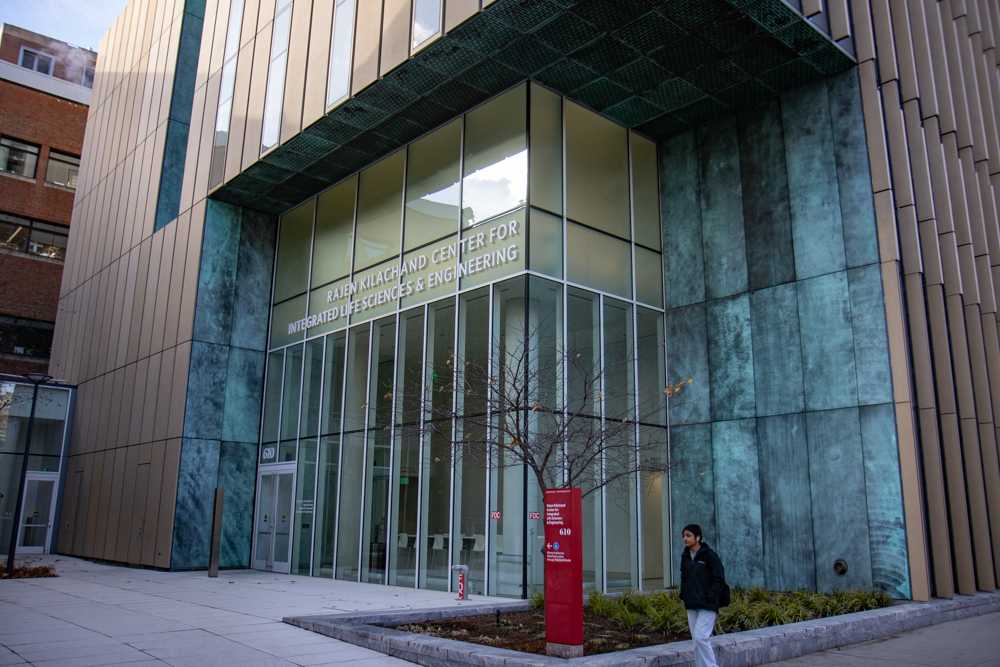Have you ever wanted to be in a Harry Potter movie? Have you ever wanted to replace a picture of your ex in a home video with a picture of your current love? According to Ashutosh Saxena, a graduate student at Stanford University, this might now be possible.
ZunaVision, a program invented and finalized in the beginning of November by a group of Stanford scientists, allows users to replace pictures and videos in movies and films with alternative pictures, videos and posters.
The program, which is run by an algorithm, marks a picture within a video then automatically learns what the surface looks like through the lens of the video, Siddharth Batra, a Stanford graduate student said. ZunaVision accounts for lighting changes, camera motions and even background details.
‘A woman living somewhere in Texas wanted to replace her ex’s photograph in the background of one of her videos,’ Batra said. ‘There’s a different painting in the house now.’
Online video-makers who publish their material on advertisement-free sites like YouTube could use ZunaVision to turn a profit, Saxena said.
‘There are tons of people who have posted videos on YouTube that get millions of views every day,’ Saxena said. ‘Now people can earn money by putting ads in videos that they couldn’t make money from before’ ‘-‘-‘ just like if you put an ad on a Web page.’
The program can also be used for fun, like putting a photo in a video with a favorite actor, Saxena said.
‘Remember in the Harry Potter movies where the paintings start moving?’ Saxena said. ‘If you want to have your picture in Harry Potter, you can make it look realistic in the videos.’
Movies that are in the theaters will not likely change because of ZunaVision, Batra said.
‘What it can be used for is stuff like Netflix or streaming videos online,’ he said. ‘Like for older movies, instead of making people pay to watch them, sites can make it free and can place ads in the movies. Movie companies can also place new ads on DVDs.’
The technology could be useful because it’s for free, Jonathan Karas, a senior film major in Boston Univresity’s College of Communication, said.
‘It’ll make for bigger budget films since it would be easier to fix some things and tweak some things that hadn’t been put in the shot,’ Karas said. ‘I’d probably use it, but I’m kind of skeptical as of right now. Once it’s out there and I can see what it does to get rid of booms in shot or any kind of blemish, I’ll decide.’

























































































































Jamie • Aug 3, 2010 at 2:20 pm
This article contains disturbing similarities to a November 12th Stanford University press release. Note that the image caption is lifted directly from the article (with a few typos and grammatical flubs thrown in for good measure). I leave finding the remaining errors and violations as an excercise for the editorial staff.